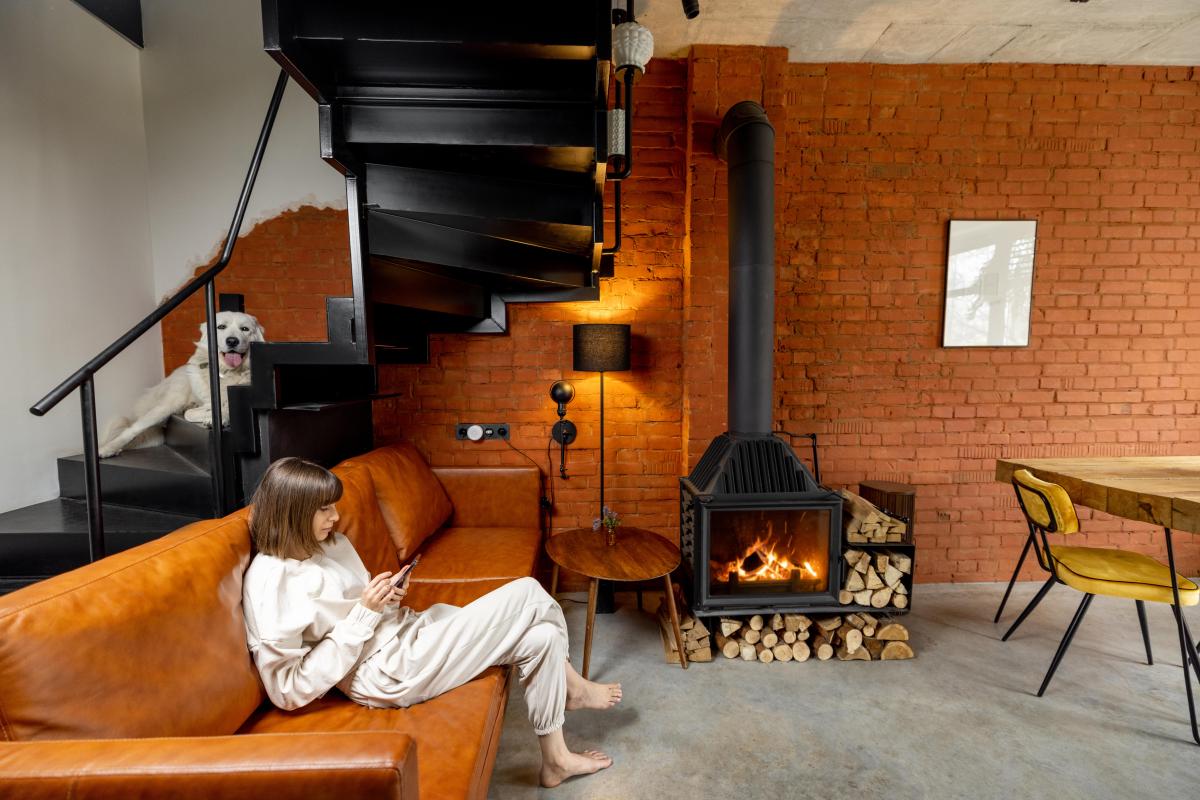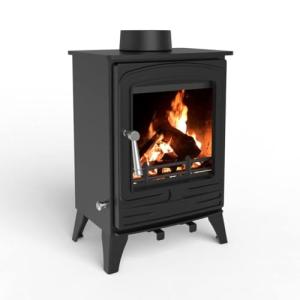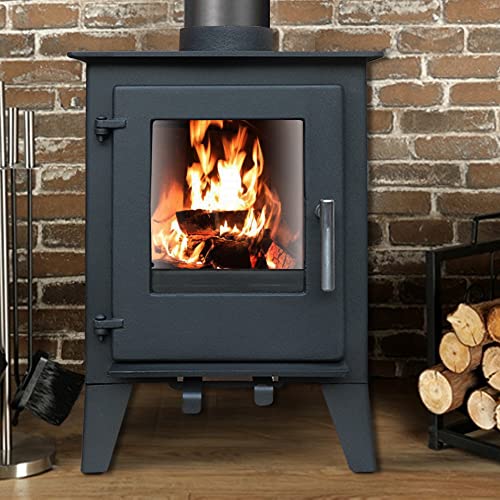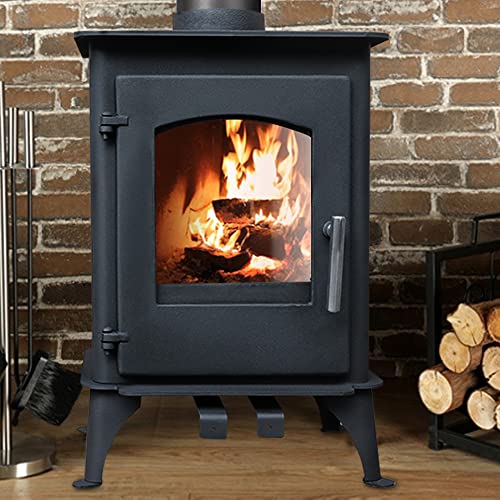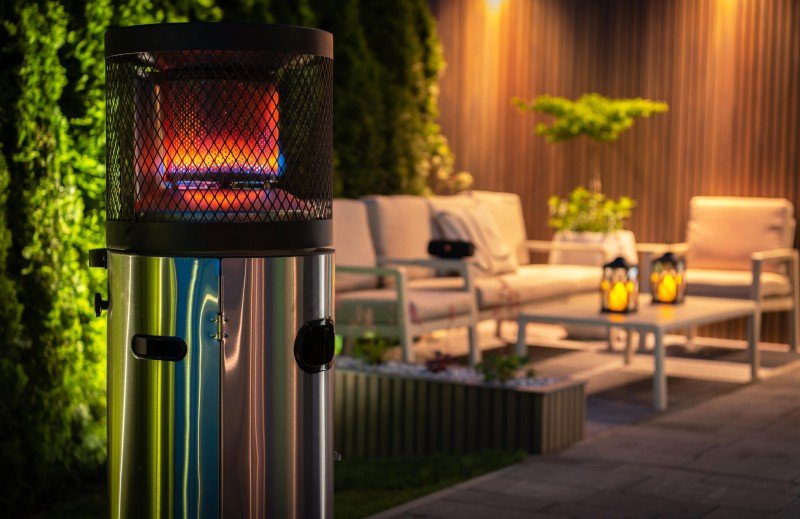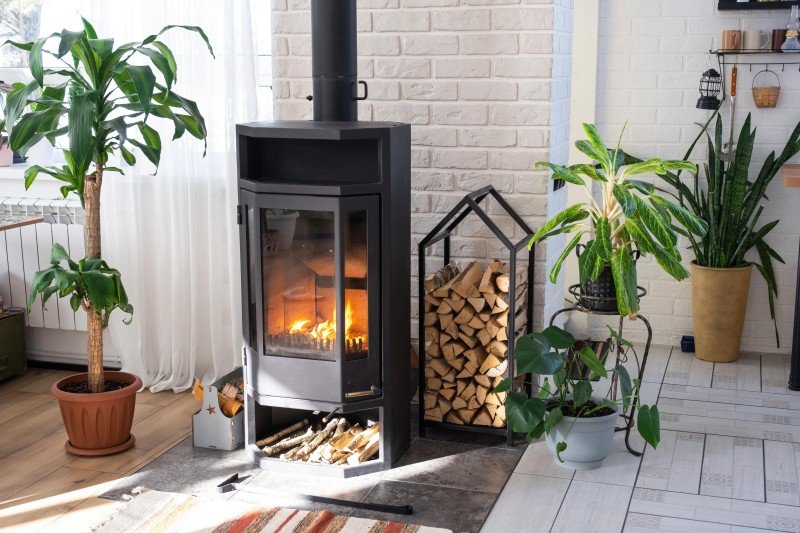As the world shifts their focus toward sustainable living and energy efficiency, multi-fuel stoves are increasingly gaining prominence in homes across the globe. These versatile heating appliances provide the flexibility of burning various types of fuel—from traditional wood to modern pellets, and even coal and briquettes. This guide delves deep into the functionality, benefits, and considerations of multi-fuel stoves, providing a nuanced understanding of these innovative heating solutions.
What is a Multi-Fuel Stove?
A multi-fuel stove is a type of heating appliance designed to burn different types of solid fuels. Unlike traditional wood-burning stoves that limit users to one fuel type, multi-fuel stoves offer the flexibility to choose from various fuels, ensuring efficiency and adaptability to different circumstances or preferences.
Types of Fuels Used in Multi-Fuel Stoves
One of the standout advantages of multi-fuel stoves is their ability to use a variety of fuel types. Here’s a list of some common fuels that can be utilized in these stoves:
- Wood: Traditional, renewable, and often locally sourced.
- Coal: Offers high heat output, though less environmentally friendly.
- Peat: Frequently used in Ireland and parts of Scotland, it's less common but still viable.
- Wood Pellets: Compact, easy to handle, and produce minimal ash and emissions.
- Briquettes: Made from compressed organic material, providing a slow, consistent burn.
Why Choose a Multi-Fuel Stove?
Opting for a multi-fuel stove comes with several benefits. The following are some key advantages that illustrate why these stoves are a smart choice for many households:
- Versatility: Users can choose the fuel that best suits their needs, budget, and availability.
- Efficiency: Multi-fuel stoves can be highly efficient, converting a considerable percentage of the fuel’s energy into usable heat.
- Cost-Effective: The ability to switch fuels according to cost fluctuations can lead to significant savings over time.
- Dependability: In the event of shortages or restrictions on one type of fuel, alternative options remain viable.
- Environmental Impact: With the appropriate fuel selection (like wood or pellets), users can reduce the carbon footprint compared to fossil fuels.
How to Choose the Right Multi-Fuel Stove
Selecting the ideal multi-fuel stove involves considering several factors. Here are some things to keep in mind:
- Size and Capacity: Determine the stove size based on the space you want to heat. Larger spaces will need a bigger capacity.
- Fuel Compatibility: Ensure the stove can effectively burn the variety of fuels you intend to use.
- Efficiency Rating: Look for stoves with high-efficiency ratings to get the most heat per unit of fuel.
- Design: Consider aesthetics as well as practicality—the stove should complement the interior of your home.
- Price and Warranty: Compare costs, taking alongside warranty options to safeguard your investment.
Operating a Multi-Fuel Stove: Best Practices
To optimize performance and longevity, it is essential to operate a multi-fuel stove correctly. Below are some best practices:
- Use Dry, Seasoned Fuels: Wherever possible, select dry wood or high-quality pellets, as these burn cleaner and more efficiently.
- Regular Cleaning: Periodically clean the stove and chimney to prevent soot buildup and maintain ventilation.
- Ventilation: Ensure the stove is adequately ventilated to promote efficient burning.
- Control Airflow: Adjust the stove’s air controls according to the type of fuel being burned for optimal heat output.
Maintenance and Care
Maintaining a multi-fuel stove is straightforward but essential. Regular care contributes to the stove's longevity and performance.
- Ash Removal: Remove ash buildup regularly to allow for better airflow.
- Inspect Seals: Check the seals on doors and windows for any gaps that could lead to decreased efficiency.
- Professional Servicing: Schedule periodic checks by a professional to ensure everything is functioning properly.
Common Questions about Multi-Fuel Stoves
FAQ 1: Can I use any type of wood in a multi-fuel stove?
While most multi-fuel stoves are designed to handle various types of wood, it's essential to choose seasoned wood that’s dry and free from chemicals or treatments.
FAQ 2: Are multi-fuel stoves safe?
Yes, when installed and operated according to the manufacturer's guidelines, multi-fuel stoves are safe to use. However, make sure to have adequate ventilation and follow appropriate safety precautions.
FAQ 3: How do multi-fuel stoves compare to traditional wood stoves?
Multi-fuel stoves offer greater versatility as they can burn multiple fuel types, while traditional wood stoves are limited to burning wood only. Additionally, multi-fuel stoves can often be more efficient with the right fuel.
FAQ 4: What maintenance is required for a multi-fuel stove?
Regular ash removal, cleaning the flue and chimney, checking seals, and scheduling periodic professional inspections are essential to maintain efficiency and safety.
FAQ 5: Is it more economical to use a multi-fuel stove?
While the initial investment may be higher, the ability to switch fuels based on market prices can lead to long-term savings, making them a cost-effective heating solution.
Multi-fuel stoves represent a practical and efficient heating solution for contemporary households. Their ability to burn a variety of fuels not only offers flexibility and reliability but also contributes to a more sustainable lifestyle. When equipped with the right knowledge and practices, owners can enjoy the warmth, aesthetics, and economies that multi-fuel stoves provide, making them a valuable addition to any home heating system.
In summary, with the right choice, operation, and maintenance, multi-fuel stoves can provide comfort and efficiency for years to come. Suitable for varying lifestyles, these versatile appliances are not just a trend but a sensible long-term investment in home heating.
